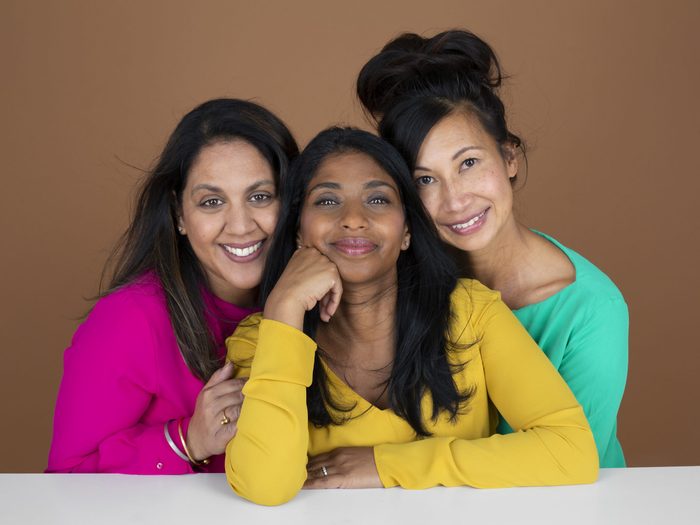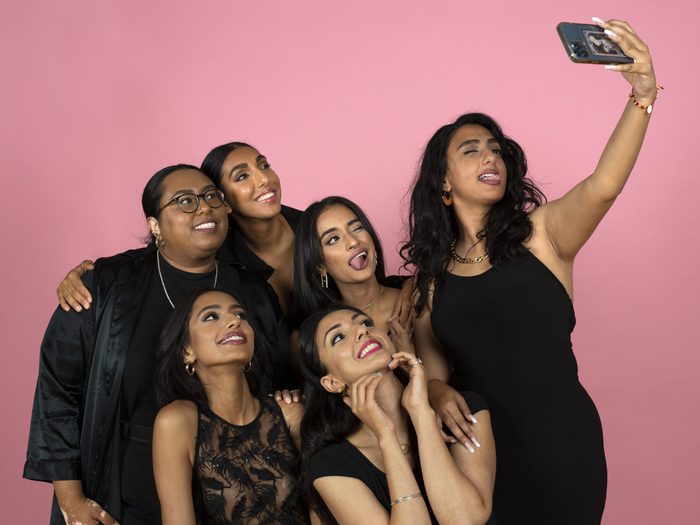7 Friendship Stories that Prove the Importance of BFFs
1 / 8

The importance of friendships
Friendships are, quite literally, life-saving. Studies show that people with strong social relationships increase their odds of survival by 50 percent. And the results hold regardless of the person’s age, gender, health status and cause of death. Study after study shows that social connectivity not only generates emotional well-being, it has real physical benefits, too: it boosts our immune and cardiovascular systems, lowers the risk of depression and dementia, and improves our stress responses and the quality of our sleep.
These are across-the-board benefits; they don’t discriminate based on the sort of friendship you have. And friendship can look very different — it might have developed in childhood or in an office cubicle; it can last generations or cross generations; it can be kept all in the family.
We teamed up with photographer Natalia Dolan, who founded The Girl Friends Project in 2018, to share seven friendship stories. “In our society, we prioritize a big message to young girls that finding a romantic soulmate is the end goal,” she says. “But I believe we should be instilling in their minds the seeking and offering of a supportive friendship as the first focus. With my friends, I’m accepted and celebrated—no matter my mistakes, shortcomings and life choices. There is so much love in friendships, and people forget that. I wanted to create a project to remind them.”
Good friends are the antidote to the stresses of daily life, and the pandemic has made these relationships feel more important than ever. They deserve our attention and special care. After all, we get by with (more than) a little help from our friends.
(Related: 9 Ways to Make Friends as an Adult)
2 / 8

The social network
In 2013, when visual artist Kiran Rai was a teenager living in Brampton, Ont., she became involved with an organization that created arts and cultural events for youth, by youth. It was there she met Baljit Singh, Gagan Bassi, Rupi Kaur, Bali Bassi and Keerat Kaur, who are now her closest friends.
“It was such a boys’ club, and I was sick and tired of it,” says Rai. “Any time I saw a girl who was even remotely interested in creative stuff, I would push them.” Each of Rai’s besties, who all have their own creative endeavours now, can remember a moment when Rai encouraged them to move beyond their comfort zone. “[Rai] sees versions of other people that they haven’t even stepped into yet,” says artist and architect Keerat Kaur.
Before poet Rupi Kaur was topping bestseller lists, having her work translated into 25 languages and starring in an Amazon Prime special, her biggest fans and supporters were these friends. Milk and Honey, the collection of poetry she self-published in 2014, was the groups’ first major collaboration together. They all hawked copies at events, and Gagan Bassi stocked them at her clothing store.
These days, the friends are separated by busy schedules, so they’ve migrated to chatting on FaceTime for hours on end about everything from family drama to upcoming projects.
(Related: Going the Distance: How Covid Has Remapped Friendships)
